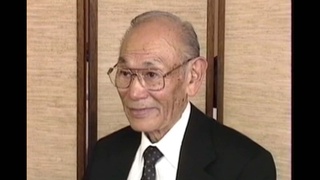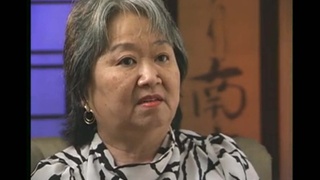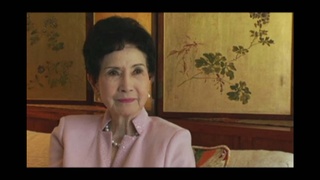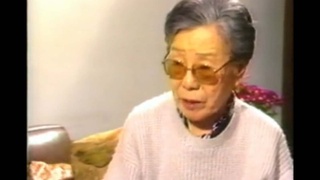Interviews
Treatment of Japanese Paraguayans during World War II (Spanish)
(Spanish) Initially, in 1903, the Paraguayan government passed a law barring black and yellow immigrants from entering. But over the years the law was abolished. In 1919, relations were first established between Paraguay and Japan. But immigrants didn’t start arriving until 1936. Of course, when the war broke out, Paraguay naturally had to take the side of the United States, and so it came out and declared war as well.
But, the important thing is that the Paraguayan government always respected the agreement they signed in 1919, which said that there would always be peaceful and friendly relations between the two countries. They always respected that, all the way up until today. There weren’t humiliations, there wasn’t concentration, concentration camps; there weren’t deportations, you know, none of those things. The only thing of course was that to adhere to the American cause, they closed schools, for example, and some diplomatic authorities returned to Japan. And that’s it, the rest was left alone. With no problems. So that’s why, with that kind of respect, I feel we were lucky, or, you know, the government did respect us.
Date: October 7, 2005
Location: California, US
Interviewer: Ann Kaneko
Contributed by: Watase Media Arts Center, Japanese American National Museum
Explore More Videos

The Final Verdict
(1919 - 2005) Challenged the constitutionality of Executive Order 9066.


Search of family home by the FBI following the bombing of Pearl Harbor
(1937 - 2021) Teacher

Not recognizing father after reunion at Crystal City, Texas
(1937 - 2021) Teacher

A child's memories of activities at Crystal City, Texas
(1937 - 2021) Teacher

Hearing about Pearl Harbor
(b. 1921) Nisei veteran who served in the occupation of Japan

Traveling to Manzanar
(b. 1921) Nisei veteran who served in the occupation of Japan

Victory Corps Work during World War II
(1925 - 2018) Nisei educator from Hawai‘i


Growing up with some Japanese families (Spanish)
(b. 1950) Nisei Chilean, Businessman

Jobs in Manzanar
(b. 1921) Nisei veteran who served in the occupation of Japan

Sugar beet and potato farming in Idaho
(b. 1921) Nisei veteran who served in the occupation of Japan

Recalling Pinedale and Tule Lake concentration camps
Judge, only Japanese American to serve on CWRIC.

Reasons for immigrating to Brazil (Japanese)
Issei, Pioneer of women's education in Brazil

